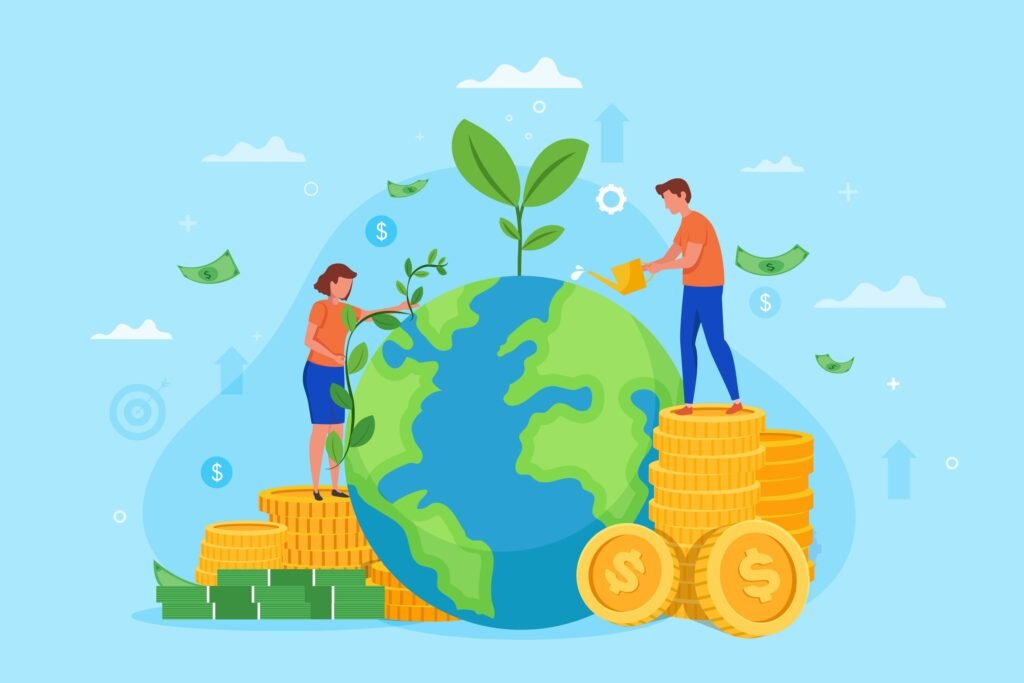
As businesses and individuals increasingly recognize the urgency of addressing environmental and social challenges, the finance industry is evolving to meet this demand. Sustainable finance, particularly in the form of green loans, is reshaping how we invest in our future. With growing concerns over climate change and resource depletion, financial institutions and investors are incorporating Environmental, Social, and Governance (ESG) considerations into their decision-making processes. This blog explores the key elements of sustainable finance, the rise of green loans, and how they can benefit both borrowers and lenders.
Introduction to Sustainable Finance
Sustainable finance is more than just a buzzword—it’s a movement toward integrating ESG factors into the financial sector. The goal is to encourage investments and funding that support economic growth while minimizing negative environmental impacts, addressing social issues, and ensuring strong governance. By prioritizing sustainability, financial products like green loans, social bonds, and sustainability-linked loans help channel capital toward projects that will have a positive impact on society and the planet.

Key Elements of Sustainable Finance
- Environmental Considerations: Sustainable finance takes climate change, resource efficiency, pollution control, and biodiversity protection into account. By funding projects that mitigate climate risks, conserve resources, and protect ecosystems, sustainable finance helps build a greener future.
- Social Considerations: Human rights, labor standards, community development, and consumer protection are central to sustainable finance. Businesses that integrate social considerations create positive impacts on communities, employees, and consumers.
- Governance Considerations: Transparent and ethical corporate governance practices ensure accountability and alignment with sustainability goals. Strong governance fosters trust and ensures that companies are acting responsibly toward stakeholders.
Types of Sustainable Finance Instruments
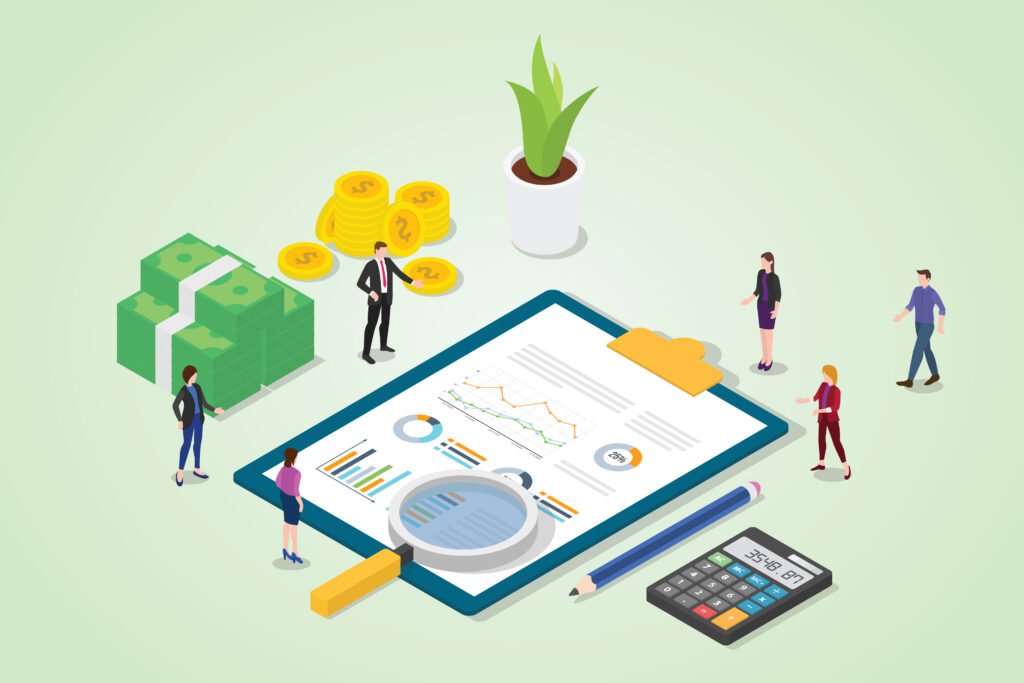
There are several innovative financial instruments that support sustainable finance:
- Green Bonds: Debt securities issued to finance environmentally beneficial projects, such as renewable energy or energy efficiency initiatives.
- Sustainability-Linked Loans (SLLs): Loans with terms tied to meeting sustainability targets, offering incentives for borrowers to perform better on ESG metrics.
- Social Bonds: These bonds are used to fund projects with positive social outcomes, such as affordable housing or healthcare.
- Green Loans: Loans designed to finance environmentally sustainable projects, promoting eco-friendly practices across industries.
The Benefits of Sustainable Finance
Sustainable finance isn’t just good for the planet—it’s also good for business. By integrating ESG factors into decision-making, companies can gain numerous advantages:
- Risk Management: By identifying and addressing environmental and social risks, businesses can mitigate financial uncertainties.
- Reputation Enhancement: Companies with sustainable finance initiatives gain favor among consumers and investors, enhancing their brand image.
- Long-term Value Creation: Sustainable investments create long-term value, ensuring economic resilience and stability.
- Regulatory Compliance: As sustainability regulations increase, early adoption of green loans helps businesses stay ahead of compliance requirements.
The Growth of Green Loans
Green loans are gaining significant traction in the sustainable finance sector. These loans are specifically designed to finance environmentally friendly projects, such as renewable energy installations, energy-efficient buildings, and sustainable agriculture. Key drivers of this growth include:
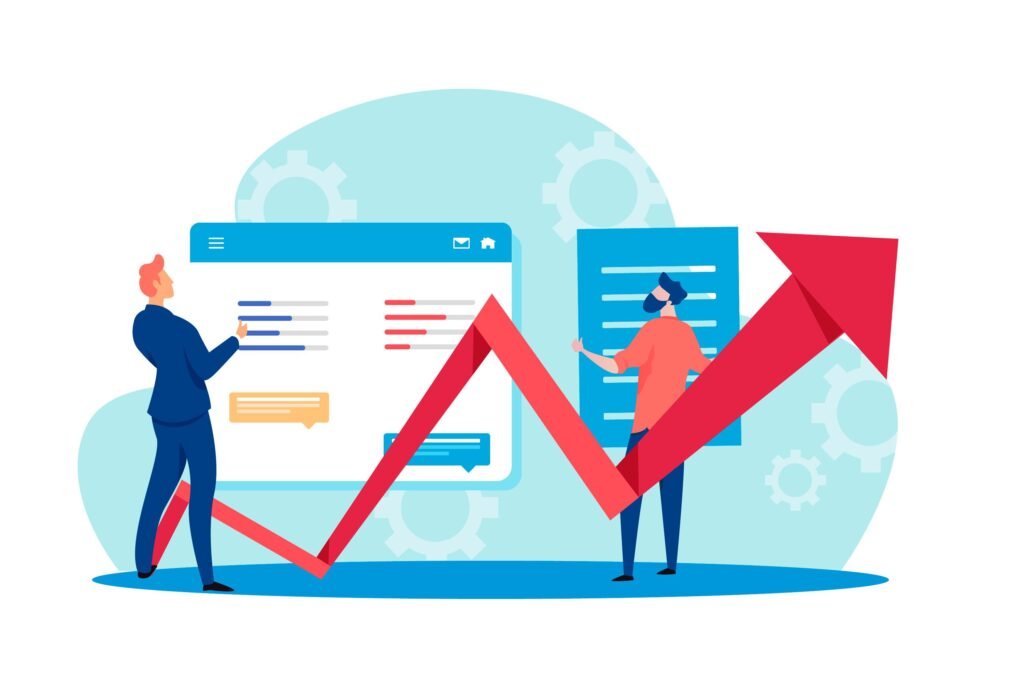
- Regulatory Changes: Governments worldwide are introducing regulations to address climate change, encouraging companies to adopt green practices.
- Investor Demand: More investors are prioritizing ESG factors, creating a strong demand for green financial products.
- Corporate Social Responsibility (CSR): Companies are increasingly aligning their operations with sustainability goals, making green loans an essential tool in their efforts.
- Technological Advancements: Innovations in sustainable practices, such as renewable energy technology, are helping businesses meet the criteria for green financing.
Benefits of Green Loans for Borrowers and Lenders

For Borrowers:
Increased Marketability: Environmentally sustainable properties and projects are often more marketable, appealing to investors and buyers who value sustainability.
Lower Interest Rates: Green loans often come with lower interest rates, making them a cost-effective way to finance sustainable projects.
Tax Incentives: Many governments offer tax incentives for green projects, further reducing the overall cost.
Positive Brand Image: Businesses that use green loans to fund sustainability initiatives can enhance their reputation and appeal to eco-conscious consumers.
Energy Efficiency: Projects funded by green loans often involve energy-efficient technologies that lead to long-term savings.
For Lenders:
Regulatory Compliance: Green loans help businesses comply with environmental regulations and avoid potential penalties.
- Risk Mitigation: Green loans often carry lower risk due to compliance with stringent environmental standards.
- Enhanced Portfolio: Lenders that offer green loans enhance their portfolio’s sustainability, attracting socially responsible investors.
- Investor Attraction: A focus on green finance can attract investors who want to support environmentally responsible initiatives.
- Public Relations Benefits: Offering green loans helps build a lender’s reputation as a forward-thinking institution.
- Government Incentives: Lenders can access various government subsidies and incentives for supporting sustainable finance.
- Growing Market Demand: The demand for green loans is expected to continue growing, presenting substantial opportunities for lenders.
Case Studies and Success Stories
IKEA’s Green Bond Initiative: IKEA issued green bonds to fund renewable energy projects, energy-efficient store improvements, and sustainable sourcing. The company reduced its carbon footprint significantly while achieving cost savings through these initiatives.

Apple’s Green Loan Program: Apple has used green loans to fund projects like solar panel installations and energy-efficient innovations. This has helped the company achieve its sustainability goals while enhancing its brand as an environmental leader.
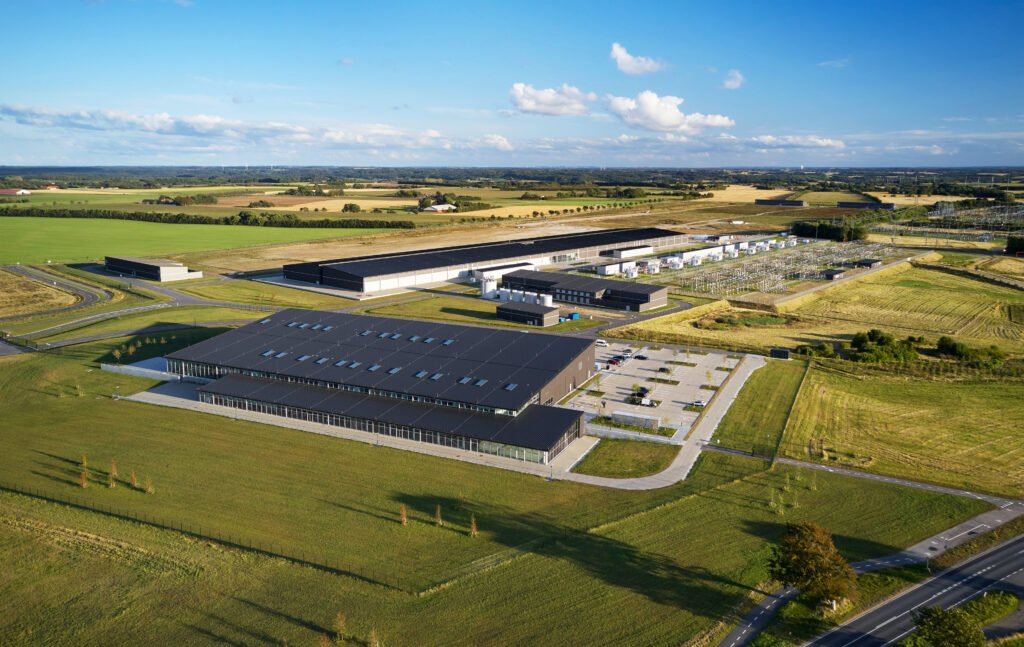
Future Trends in Sustainable Finance
Sustainable finance continues to evolve, with emerging trends shaping the future:
Global Cooperation: Countries will work together to meet global sustainability targets, fostering international collaboration.
Increased Regulation and Standardization: Governments are expected to implement stricter regulations and standardized frameworks to ensure transparency in sustainable finance.
Growth of Green Bonds: The demand for green bonds is expected to grow, with more innovative bonds targeting specific sectors.
Integration with Digital Technologies: Technologies like blockchain and AI will help optimize sustainable finance by improving transparency and identifying sustainable opportunities.
Socially Responsible Investing (SRI): Investors will increasingly prioritize social impact alongside environmental outcomes.
Climate-Resilient Infrastructure: Investments in infrastructure that can withstand climate change impacts will rise.
Public-Private Partnerships: Governments and the private sector will collaborate more to finance large-scale sustainability projects.
Biodiversity Focus: Protecting biodiversity will become a priority, with financial products supporting conservation efforts.
Corporate Sustainable Commitments: More companies will commit to sustainability, driving the demand for green financial products.
New Financial Instruments: New tools, like sustainability-linked loans, will provide more flexible and impactful ways to fund sustainable projects.
Conclusion and Call to Action
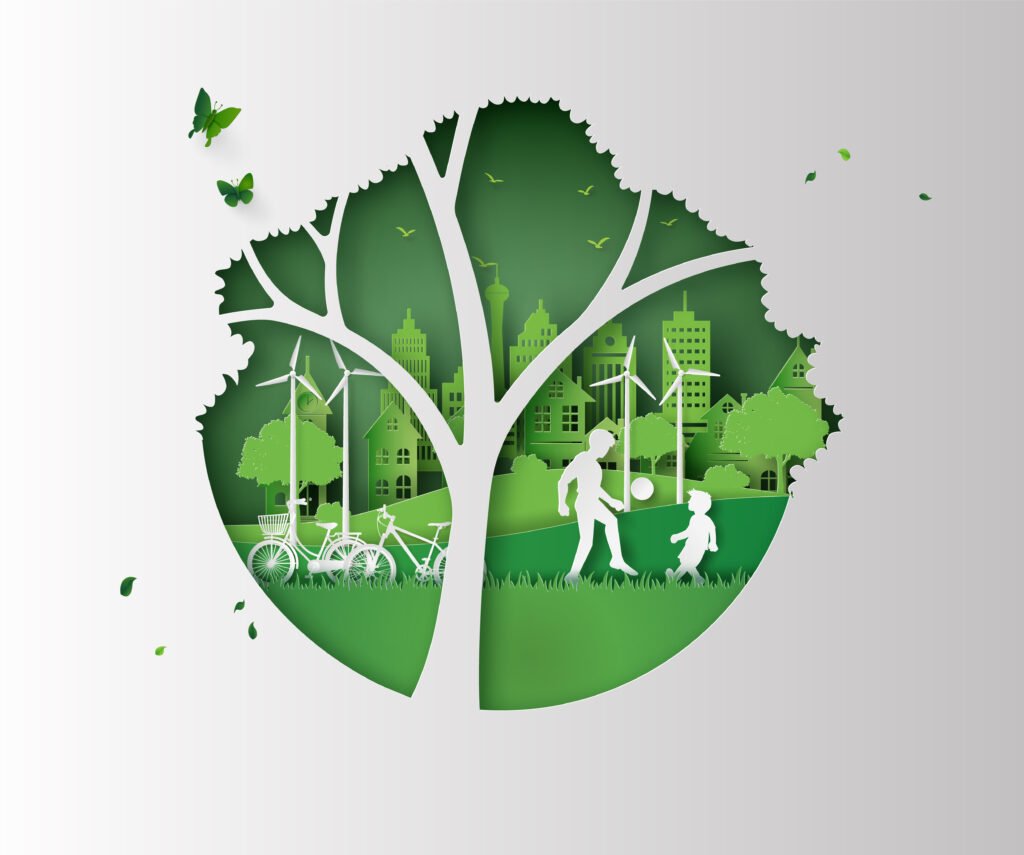
The rise of green loans is part of a broader shift toward sustainable finance. These loans enable businesses to fund projects that not only benefit the environment but also drive long-term economic success. By embracing green loans, businesses can reduce costs, enhance their brand, and contribute to a more sustainable future.
Steps to Get Started:
- Assess Eligibility: Evaluate your project to determine if it qualifies for green loan financing.
- Engage Stakeholders: Collaborate with financial institutions and sustainability experts to get guidance and support.
- Transparent Reporting: Track and report the environmental outcomes of your projects to ensure compliance and transparency.
- Continuous Improvement: Keep updating your sustainability practices to stay aligned with evolving standards.
For Businesses: Explore green loan options and integrate sustainability into your core business strategy.
For Lenders: Develop and offer green loan products to meet the rising demand for sustainable finance.
For Regulators: Implement clear guidelines and incentives to encourage the adoption of green loans and promote sustainability.
The future of finance is green, and by taking action today, we can collectively build a more sustainable and resilient global economy.
